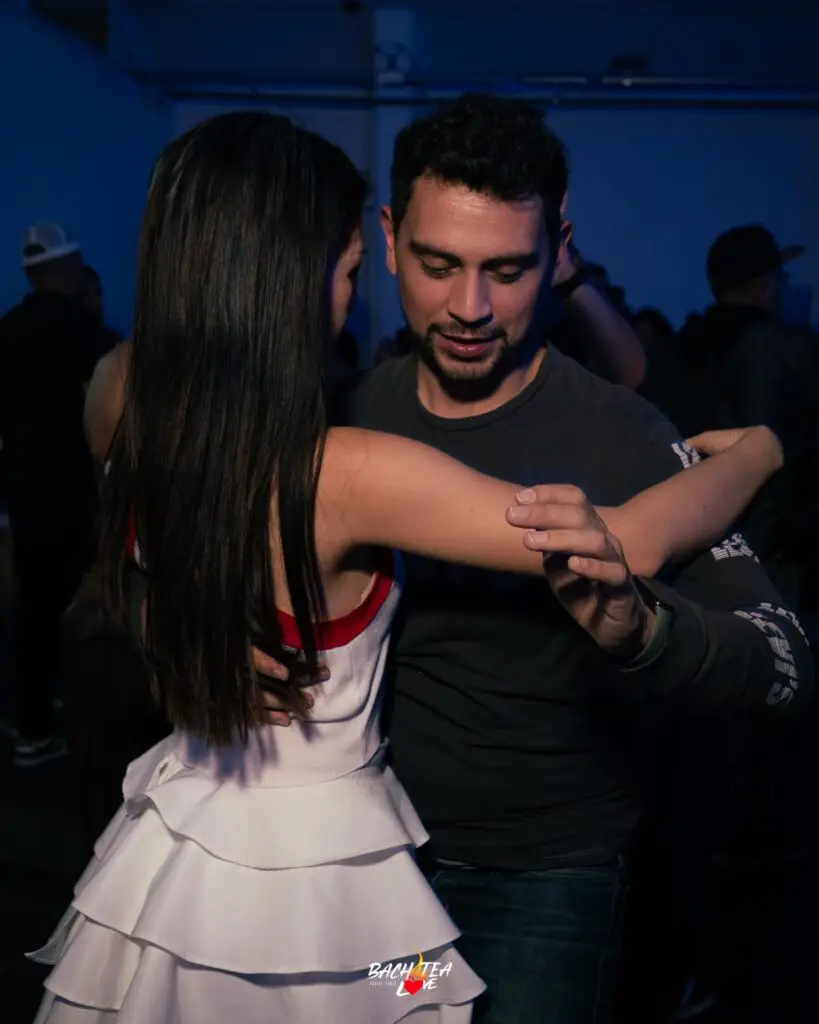The UX design industry has a case study problem.
Many designers “vomit” thousands of words all over their case study pages, detailing every single thing they did for the project.
The result is the exact opposite of what they hoped for — no one wants to read them.
Storytelling Skills Have Been Ignored In Design Schools
As a design educator with a strong background in storytelling thanks to my undergraduate training in broadcast journalism, I have reaped the benefits of knowing how to tell a good story throughout my career.
Before becoming an educator and entrepreneur, I was working for different companies as a designer.
When I was designing for financial services, we often had to visualize extremely long reports with complex topics.
The text was usually not formatted for design, which means we had to rearrange and “pull out” information to visualize on our own.
For example, if we see a couple of statistics that look interesting, we visualize them into infographics and insert them in between paragraphs to break up the long text.
If we see a quote that sounds insightful, we design quote treatments to make sure it doesn’t get missed.
If some content is of secondary importance, we pull them into collapsible “accordions” so that the page doesn’t become overly long while still containing the same amount of information.
If we see a few key takeaways, we visualize them into a highlighted section with prominent graphical elements or background colors.
At the time, I didn’t realize this was “visual storytelling”.
For some reason, most design schools didn’t seem to even mention storytelling as part of a designer’s skill sets to develop, which is why I added it to the curriculum of my design school.
Even though we are not journalists, filmmakers or broadcast producers, we still have to know how to tell stories.
The reason is simple — if we didn’t, our design won’t sell. It will be boring.
…If we didn’t (know how to tell stories), our design won’t sell. It will be boring. We all know too well what happens when people get bored — they leave.
We all know too well what happens when people get bored — they leave.
“Pull out” Important Information and Turn Them Into Visual Elements
Conventional wisdom tells us to show and not tell.
Conventional wisdom tells us to show and not tell.
This may sound contradicting to some — didn’t you just tell us to tell stories with design?
Yes, you can tell a great story by showing relevant visualizations to break up reading fatigue.
My former student Mike Gonzalez did an amazing job at visual storytelling, particularly in how he “pulled out” critical information and turn them into “cards”, call-outs, quotes, accordions etc.
When reading his case studies, at no point was I bored because I keep running into interesting graphics to look at.
He didn’t just upload a bunch of jpgs he created for the project. That is not visualization.
He actually broke down his writing and visually highlighted important information.
By doing so, he created an opportunity for people who don’t have time to read the entire case study in detail (a.k.a. recruiters and hiring managers) to skim through it and still get the idea of what it is about.
He created an opportunity for people who don’t have time to read the entire case study in detail (a.k.a. recruiters and hiring managers) to skim through it and still get the idea of what it is about.
Get Creative With Your Section Headings
Yes, we all know the design thinking process.
That doesn’t mean you have to title your case study sections exactly the same as the process suggests.
There are 2 main reasons:
- It gets old — every other UX design candidate has the same headings in their case studies. Do you want yours to read the same and not stand out?
- The actual UX design process is rarely that straightforward. There will be a lot of back and forth and even deviation from the typical “textbook UX design process”. If you want to demonstrate that you are only doing it “by the book”, feel free to stay with the same old “emphasize, define, ideate, prototype and test”.
It is fine to include these keywords, but expand on it a little and add a few more words to make each of your section more interesting to read.
UX designer Jason Tremblay, who will be a guest on our new podcast “Creative Office Hour”, did a phenomenal job in storytelling through creative section headings.
When you read Jason’s case studies, you feel the “ups and downs” of the project, the small twist and turns and the interesting episodes that he sprinkled here and there.
…you feel the “ups and downs” of the project, the small twist and turns and the interesting episodes that he sprinkled here and there.
He turned a normally boring, templated case study into a captivating story that is worth reading.
Cut Down On Text or Get Passed Up
One of the “mortal sins” of UX case studies is that they are overly long.
Yes, you need to show the process and you sure did a lot of work.
But no, you do not need to write down every detail.
In fact, it is imperative that you do not include every little detail.
In fact, it is imperative that you do not include every little detail.
To make your case study engaging, you have to put on a writer’s hat and cut down on text. In fact, you may often have to work with writing colleagues to cut down on text for your future design projects. Why not practice it with your own case studies first?
UX writer Robbie Bernal did an excellent job in writing case studies for his company Opendoor.
Case study: Preliminary offersHow we revamped our offer to give customers more certaintymedium.com
In fact, his case studies were some of the few that I actually read from beginning to finish.
He summarized very long processes with the fewest words possible — and that is what will keep people reading instead of dosing off after 30 seconds.
If Your Layout Is Sloppy, It’s A Poor Reflection of Your Design Ability
After all of that hard work, your case study is finally in good shape — not too long with engaging visual elements and creative headings.
You are good to go, right?
Not if you didn’t clean up the layout, which plenty of beginner UX designers neglected.
I often skimmed through a lot of case studies where I noticed sloppy alignments and poor use of white space, which is an indicator of how much the designer pays attention to details or if they have a solid grasp on design foundation at all.
If you didn’t pay attention to details in your portfolio, why would a company trust you to pay attention when you design for their project?
If you didn’t pay attention to details in your portfolio, why would a company trust you to pay attention when you design for their project?
From a business stand point, it is a big gamble that many companies will simply pass.




